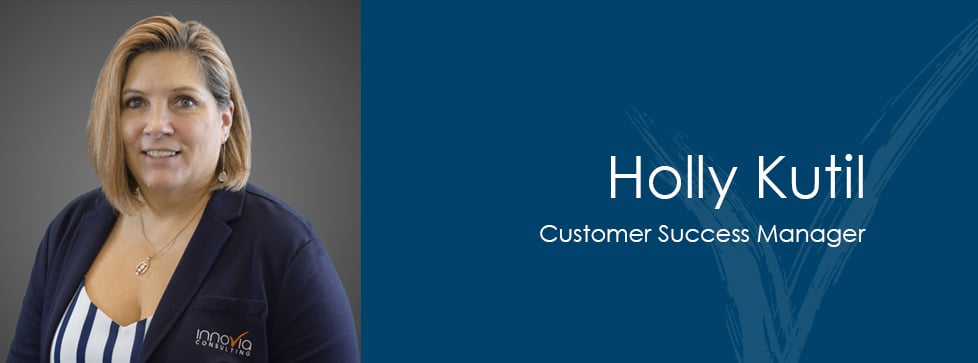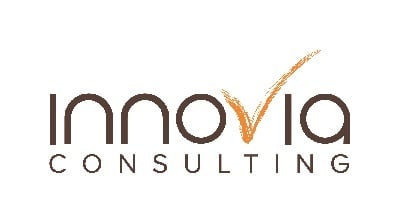The first few weeks of a new year are generally a time for making resolutions, shaking things up and deciding to do things differently. Given the events of 2020, we could all be forgiven for wanting to get 2021 off to a positive start, and if you run a business, switching to a better expense management system could provide it.
There will hopefully be a period in 2021 during which employees gradually return to the office. It is likely that restrictions will remain in place that limit the type and amount of expenses likely to be claimed. This could be the ideal time to make the switch to a new and improved expense management system, as the number of claims being dealt with will start low and gradually build while everyone explores and gets used to the new way of handling expenses.
We’ve written many times about the advantages of utilizing an automated expense management system like Zetadocs Expenses. If you run a business which is any larger than a sole enterprise, then there’s a good chance that you’ve got some kind of an expense management system in place already. There’s an equally good chance that it’s a system which has grown and developed in a piecemeal fashion as your business has, rather than being shaped to reflect exactly what your business needs in the here and now.
The problem for many businesses is that the people in charge – from managers to finance departments - are too busy running things on a day-to-day basis to actually notice the fact that their expense management isn’t fit for purpose. All too often, things only change after they’ve gone wrong to such a degree that it’s impossible to ignore, by which point the damage has been done. In the meantime, surveys come up with figures such as 85% of UK workers lying on expense reports to claim more money, or that the average cost of processing a single business travel expense report is £30-£40.
The pause in normal working practices imposed by the pandemic doesn’t offer many silver linings, but it could be the perfect time to break the process of switching to a new system into small and easily managed steps:
1. Identify Your Needs
Before taking the plunge and switching to a new system, you need to identify exactly what you’re looking for in that system. The wholesale switch to home working will have massively transformed the amount, type, and frequency of expenses being claimed, and the post-pandemic landscape is likely to involve a combination of home and office-based working models.
The best way to decide on the system you’ll need going forward is to consider a combination of the expenses being claimed pre- and post-pandemic and find a system that can handle that combination. No matter how the situation evolves, however, there are certain fundamental questions you should always ask:
- How much time do employees have to spend making and filing expense claims?
- How much time does your finance department spend processing these claims?
- Working on an average payment per hour basis, how much is dealing with the expenses for each month actually costing your business?
- Do you have a coherent expense policy in place, and is it being followed?
- What is the time frame between a claim being filed and the expenses being reimbursed?
- Is it possible to take an overview of the entire process in a way which would reveal damaging trends such as overspending or fraud?
- How do your employees actually feel about the expense management process – is it damaging morale and does it sometimes lead to them not even bothering to make a claim?
- How many steps are actually involved between an expense being incurred and the payment being reimbursed?
The answers to these questions will help you to build a picture of the kind of solution you’re looking for. For example, you may find that the inability to submit claims from home or while out on the road leads to employees building up large numbers of receipts which are then put into the system en masse when they return to the office. The bottleneck in the system which this creates may lead you to conclude that you’re looking for something which enables receipts and claims to be inputted via the widest possible range of devices and no matter where in the world your employees are.
2. Review Your Current Contract
If you’re currently using an expense management system provided by a third party, then you need to take a look at the contract for that service before opting to make the switch. Assuming that asking the questions detailed above when auditing your system has persuaded you that change needs to happen, then you need to look at how long your current contract runs for, and whether you can afford to sit and wait for it to lapse.
Alternatively, you could talk to the suppliers of your expense management system to see if they can make the kind of changes you’re looking for. A system that is fit for this purpose, however, would be one designed to grow and change as your business does, and to offer the latest advances such as device-agnostic access, so it’s doubtful that a system which has failed to keep pace with your expense management needs has the capacity to deliver.
If you need to change as quickly as possible and there is some kind of ‘buy out’ penalty within the contract, it would be useful to balance that amount against the predicted savings from streamlining your expense management.
3. Speak to Users
If a new expense management system is going to function successfully, it has to have complete buy-in from the people using it. That’s why the audit process outlined above should be based in large part on actually speaking to the employees who make use of the current system and will be using the new one. If you encourage people to talk honestly then it’s likely that you’ll quickly get a clear overview of what’s wrong with your current system and what any new system needs to deliver.
In the current circumstances, it’s particularly important that the users in question think back to their pre-pandemic experiences of claiming expenses as well as the reality of doing so during the pandemic. A system may work perfectly when handling the reduced expenses of most of 2020, but you need to know what was causing a problem when the business was operating at full speed, since the hope is that this, in the longer run, is how it will operate again.
4. Research Alternatives
Having created a ‘wish list’ of what you want from a new system, you need to look in the marketplace and see what is available. The ideal system will be one which can be easily integrated with your existing systems, which will enable you to set limits within the expense framework in order to impose an effective expenses policy, and which will make the expense claims process as seamless as possible.
You also need to find a system with the built-in flexibility to adapt and change as the working circumstances of your business change – the one thing we can safely predict about working practices in 2021 is that we can’t really predict what they’ll be, and you’ll need a system which can cope with this uncertainty.
In addition to these fundamental elements, you’ll be looking for a system which utilizes the data it gathers in order to create reports which offer an overview of your expense management. This is one of the key advantages of a good automated system – as well as freeing up the expense process on a day-to-day basis, it will enable your finance department to take a strategic look at your expenses and continually refine the way the system works.
5. Arrange a Demo
Any reputable provider will be happy to provide a demo of their system which enables you to see exactly what it offers. Right now, while the volume of expense claims is slightly lower, it is the ideal time to risk the possible disruption which working with new systems and tools might cause. The better the design of a system is, the easier it will be to envisage how it will operate as business gradually opens up and expense reporting returns to some version of normal.
As you have done throughout the process, encourage your employers to engage with this demo and offer their feedback, and once you’ve found the system which ticks the largest number of boxes, then you can sign up with confidence.
What next?
If this has had the effect of making you think seriously about adopting a new expense management system, then get in touch with our team here at Equisys today. Zetadocs Expenses offers everything detailed in this article – from mobile input to detailed reporting – and much more besides.
With mileage expense limits coordinated to Google Maps and expense limits easily set for departments, activities or even individuals, it is a system which meets the requirement for seamless and controllable expense payments. To make things simpler, our Zetadocs Expenses Express version can now be downloaded free of charge, enabling your business to start 2021 with the best foot forward.
You can also learn even more in our Innovia webinar "Achieve More in Your Day with Zetadocs for Business Central." You can register for it now, or if you are reading this after the date, you can access the recording from the same link.
This blog has been syndicated from our ISV partner Equisys and originally appeared at: https://www.equisys.com/blog/5-steps-to-switching-to-a-better-expense-management-system-in-2021







